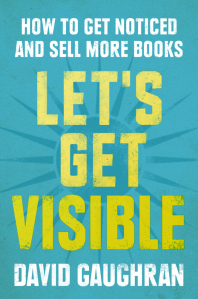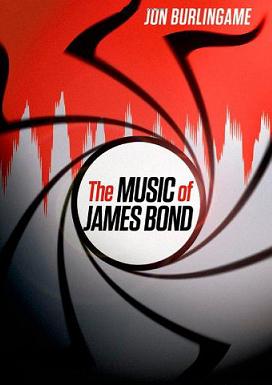 Scott Lynch is a brilliant writer, and a friend. You probably know him best for his Gentlemen Bastards fantasy series (begun in The Lies of Locke Lamora… and if you haven’t read it, GET ON THAT), and he was also a contributor to the Tales of the Far West anthology that I edited and published.
Scott Lynch is a brilliant writer, and a friend. You probably know him best for his Gentlemen Bastards fantasy series (begun in The Lies of Locke Lamora… and if you haven’t read it, GET ON THAT), and he was also a contributor to the Tales of the Far West anthology that I edited and published.
Today on Twitter, he went on a bit of an extended ramble, and it struck me as just so damned smart that I felt the need to collect it. Hence, this blog post.
In the following series of tweets, Scott talks about the tendency of certain subsets of SF…
Failing to account for cultural change over time, for linguistic drift, for adjustments in family structure and gender roles… (1 of a few)
— Scott Lynch (@scottlynch78) February 19, 2015
These things are as much ABROGATIONS of rigorous scientific thought as failing to do the math on any fictional starship engine. (2 of a few)
— Scott Lynch (@scottlynch78) February 19, 2015
You can't disparage anthropology, sociology, history, and related fields as "soft" (ie, unworthy) sciences if you truly intend (3 of a few)
— Scott Lynch (@scottlynch78) February 19, 2015
-to write SF/F about thinking beings. You can't bottle culture and set it aside as irrelevant. Populations and their ideas change over time.
— Scott Lynch (@scottlynch78) February 19, 2015
Consider the comprehensibility gap that has grown up between English speakers in 2015 and, say, letter-writers of the 1860s.
— Scott Lynch (@scottlynch78) February 19, 2015
Move back another couple of centuries. Think about the decoding required to put Marlowe and Shakespeare in context 400 years on.
— Scott Lynch (@scottlynch78) February 19, 2015
Move back to Chaucer or the Anglo-Saxons and you're looking at a near-total comprehensibility disconnect in less than 1000 years.
— Scott Lynch (@scottlynch78) February 19, 2015
So when I see writers filling the stellar empires of, say, the year 3000 and beyond, with people who talk like Americans from 1958…
— Scott Lynch (@scottlynch78) February 19, 2015
Who speak almost entirely in cultural idioms of the mid-twentieth century, who name their planets and ships after 20th century figures…
— Scott Lynch (@scottlynch78) February 19, 2015
I say that you are not merely translating and smoothing cultural edges for the sake of narrative convenience. You are failing science 101.
— Scott Lynch (@scottlynch78) February 19, 2015
Believe me, I understand translation, edge-smoothing, and convenient presumptions. I do it in my own work all the time. We all do.
— Scott Lynch (@scottlynch78) February 19, 2015
But I think there's a series of fairly clear lines between that which is unavoidable in fiction and that which is thoughtless and lazy.
— Scott Lynch (@scottlynch78) February 19, 2015
Just sayin,' fictional people of the distant future are about as likely to name a space cruiser after George Patton…
— Scott Lynch (@scottlynch78) February 19, 2015
As we in 2015 are to name a nuclear-powered aircraft carrier after Eorpwald of East Anglia.
— Scott Lynch (@scottlynch78) February 19, 2015
Important to say– I actually despise rabid prescriptivism. I don't actually care if people read/love/enjoy sloppy work. I sure do.
— Scott Lynch (@scottlynch78) February 19, 2015
I love the hell out of many works of SF/F that fall gloriously on their faces in the rigor and plausibility departments.
— Scott Lynch (@scottlynch78) February 19, 2015
I just object to self-valorizing notions of "hard" and "rigorous" that are conspicuously nothing of the sort.
— Scott Lynch (@scottlynch78) February 19, 2015
So the entire purpose of putting this on my blog is basically so that I can point to the above sequence and say “YEAH. THAT.”
 :





